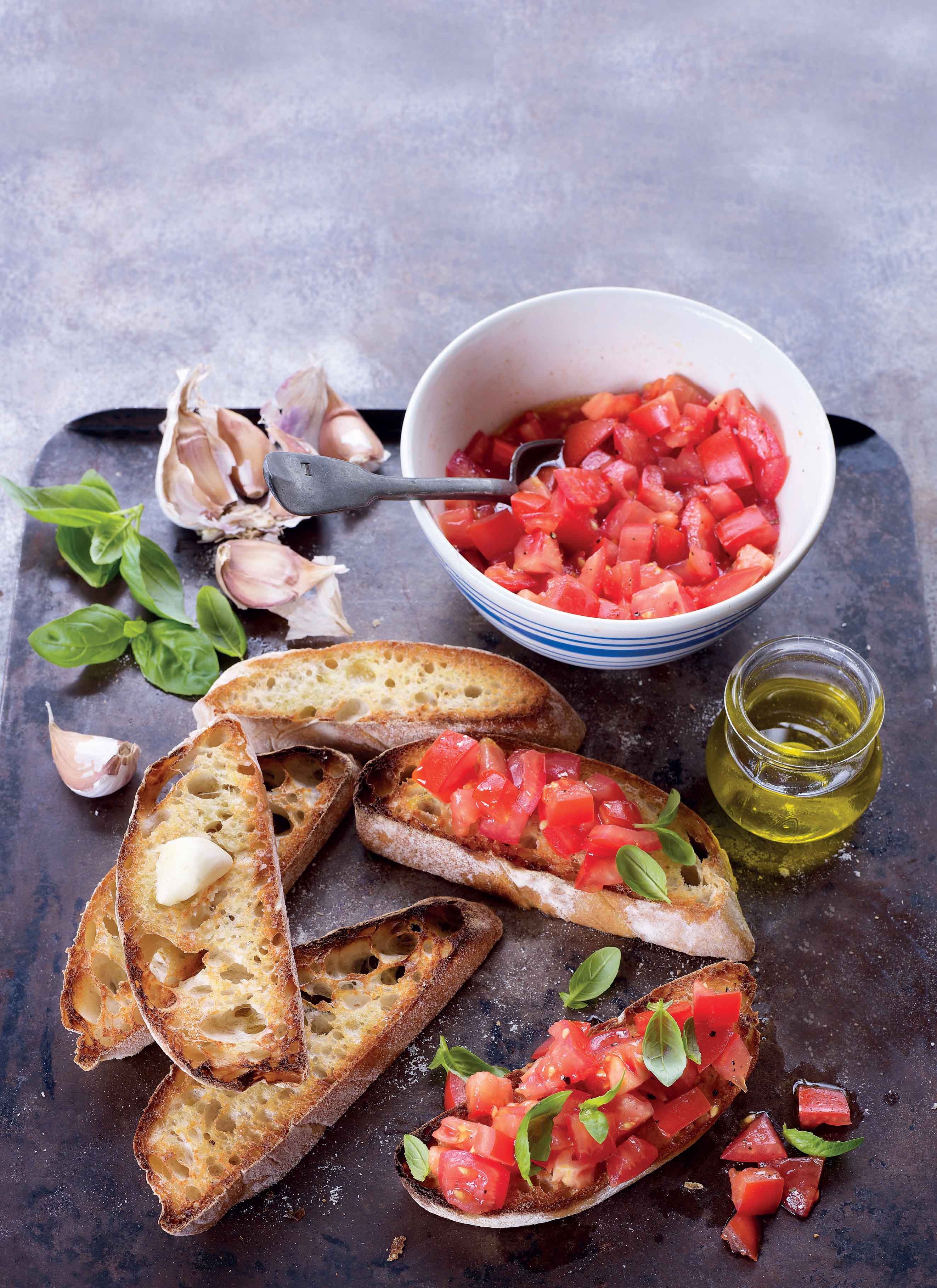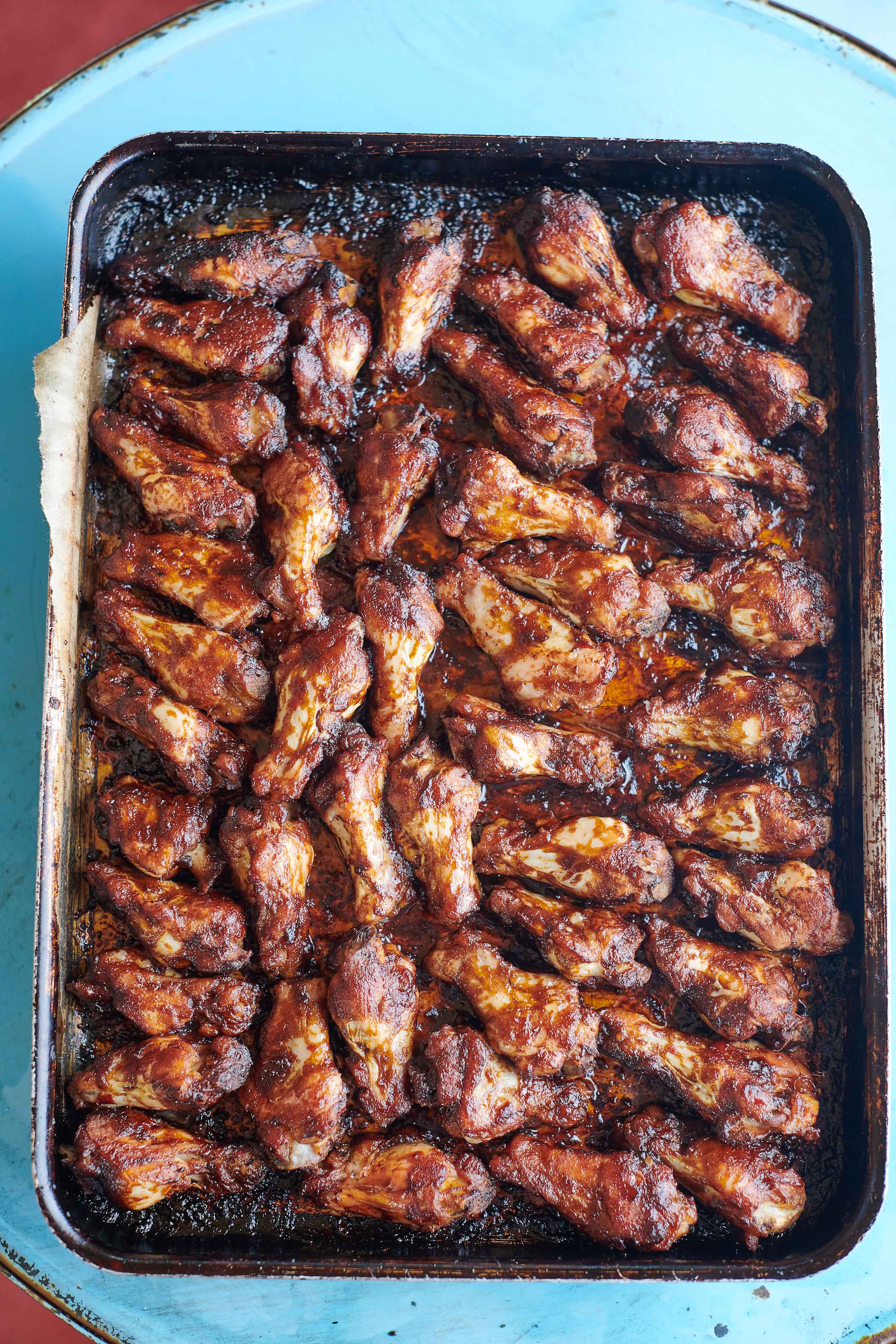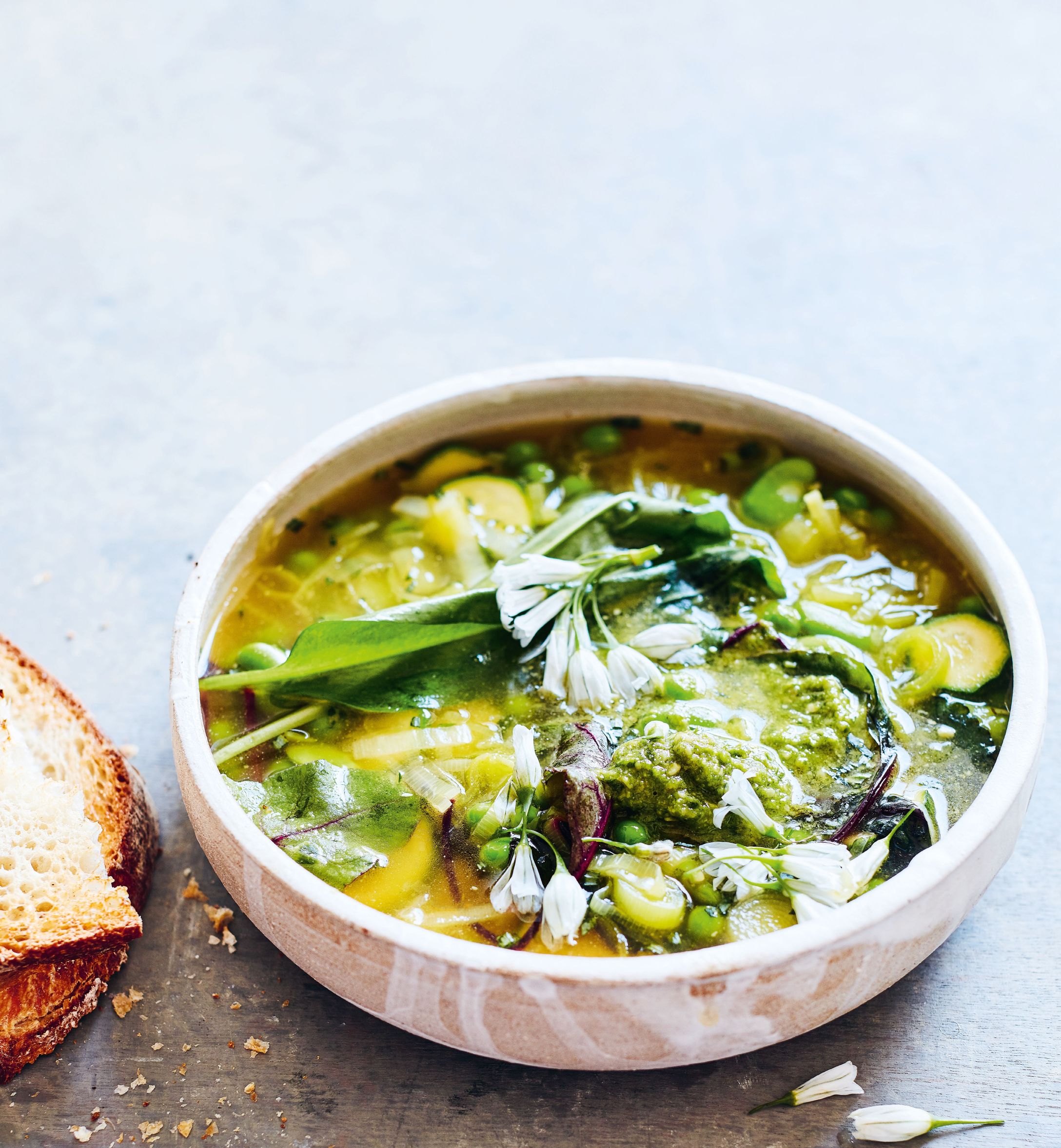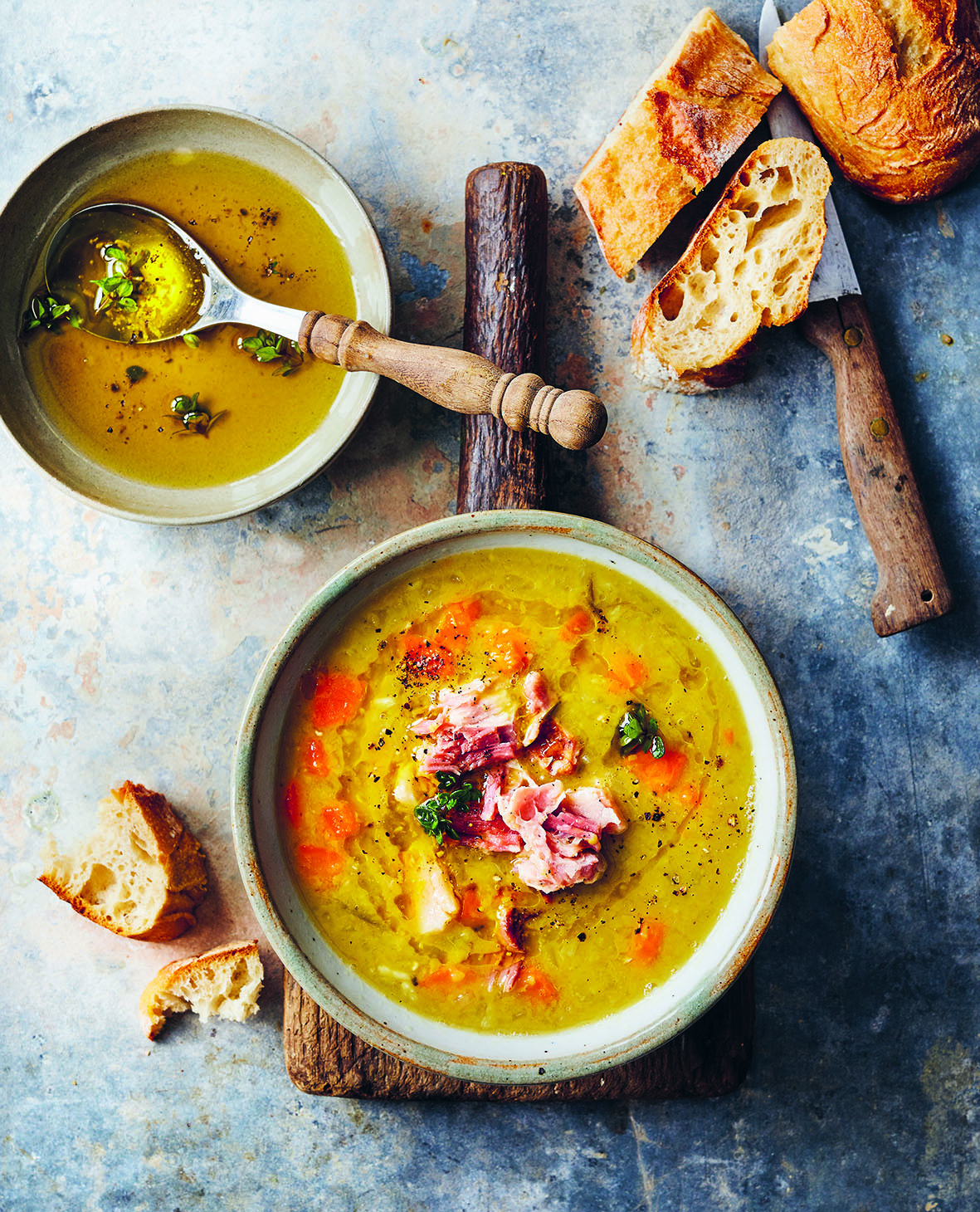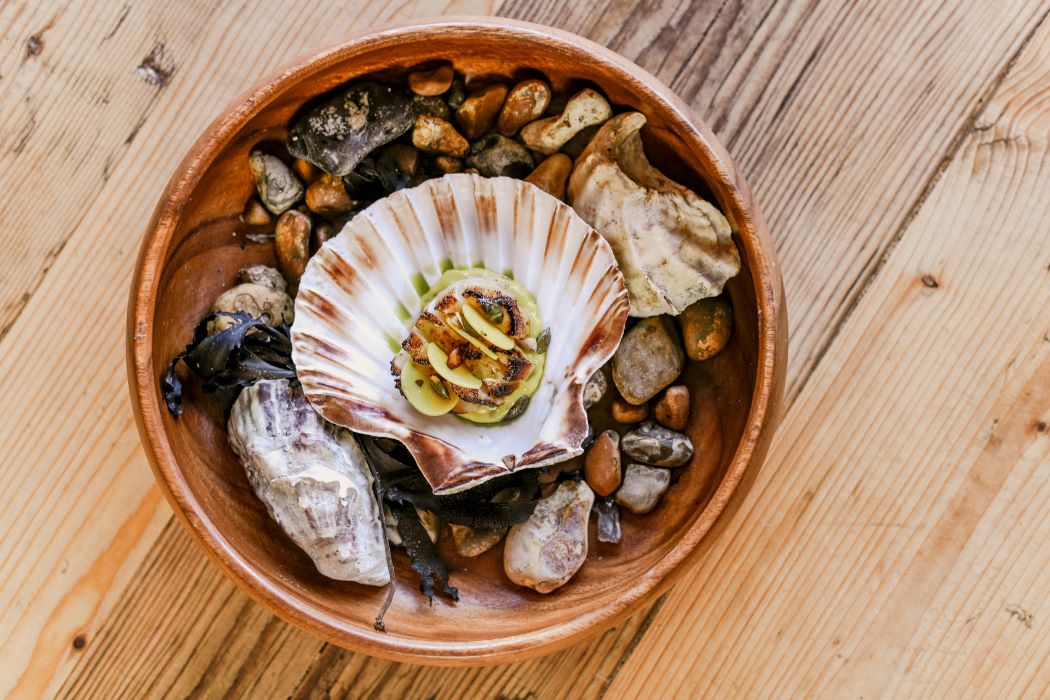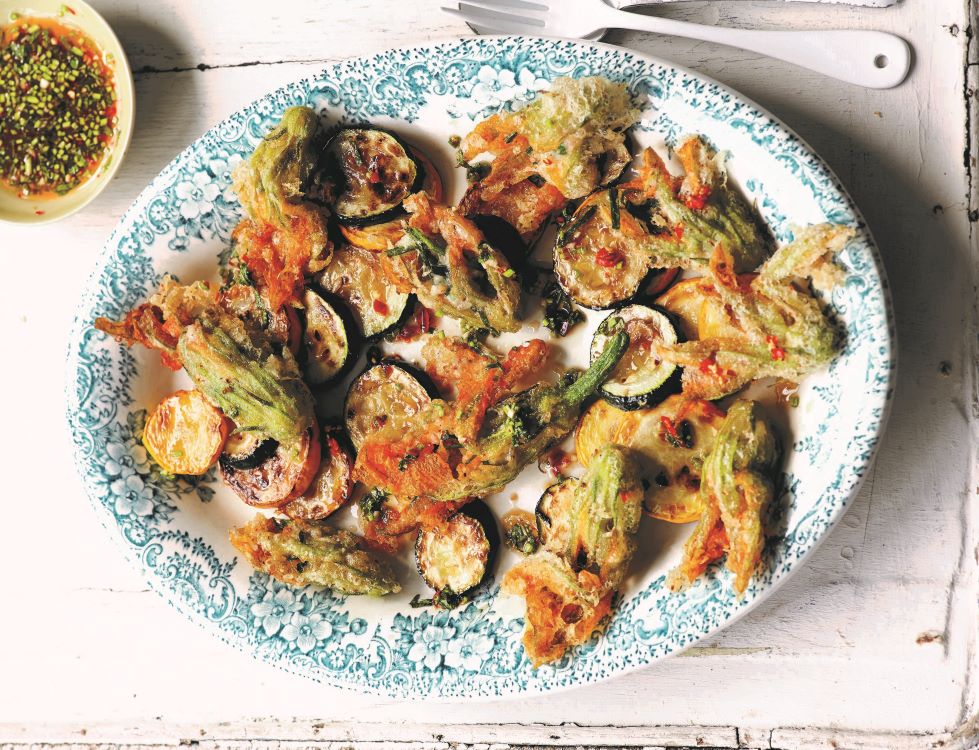Festive Chestnut, Pancetta & Rosemary Sharing Wreath
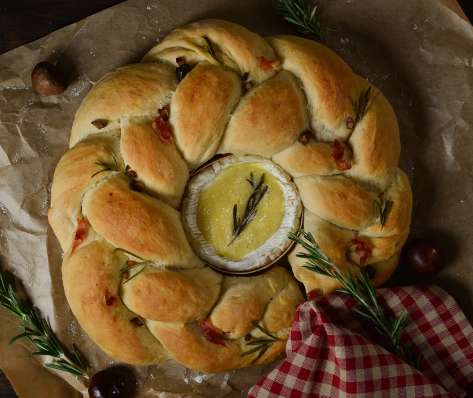
This delicious tear and share loaf is perfect for your Christmas party, as it's packed full of festive flavours!
1 hour 30 minutes prep, 25-30 minutes cook
Serves 8-10
Ingredients
750g Carr’s Strong White Flour
½ tsp sugar
3g fine sea salt
2 x 7g sachets of fast action dried yeast
460ml tepid water
70g vacuum packed chestnuts
80g thinly sliced pancetta or British streaky bacon
Olive oil or cold-pressed rapeseed oil
Rosemary sprigs
Camembert in a wooden carton (Tunworth cheese is a wonderful British alternative)
Method
Mix the flour, sugar, salt and yeast together in a large bowl. Make a well in the centre of the mix and add the water. Using your fingers, gradually mix all the dry ingredients into the water until it makes a dough.
Remove the dough from the bowl and put on a lightly floured surface. Knead the dough for 5 minutes then put into a clean bowl, cover with a warm, damp cloth and leave somewhere warm to prove for about 40 minutes, or until doubled in size.
Once proved, remove from the bowl and knead for another minute or two.
Split the dough into 3 equal pieces and stretch the dough out so you have 3 strands that are approximately 90cm in length and flatten slightly with your fingertips.
Chop your chestnuts up into small pieces and slice your pancetta into 5cm long strips. Scatter chestnuts and pancetta down the centre of each strand of dough – saving some for the top of your plait – then fold each piece of dough over so the chestnuts and pancetta are inside the dough and loosely twist.
Place the strands next to each other in a line and join one end together. Then plait the dough and join at the other end.
Grease a large baking tray with olive oil and place the wooden carton from the camembert in the centre – leave the camembert in the fridge for now.
Carefully transfer the plait to the baking tray, placing it around the carton (leaving 1cm space between the carton and the dough) to make a wreath and press the ends together to join.
Cover with a warm, damp tea towel and leave to prove in a warm place for 15 minutes.
Preheat the oven to 200°C/Fan 180°C/Gas 6. Once proved, place the leftover chestnuts, pancetta and springs of rosemary on top of the dough.
Remove the top layer of rind from the camembert, leaving a 1cm rim around the edge, and place in the carton on the tray with a sprig of rosemary in the middle. Drizzle the dough with olive oil and place in a preheated oven for 25-30 minutes or until golden brown.
Place in the centre of your table and eat whilst the camembert and bread are still warm.
More recipes to try
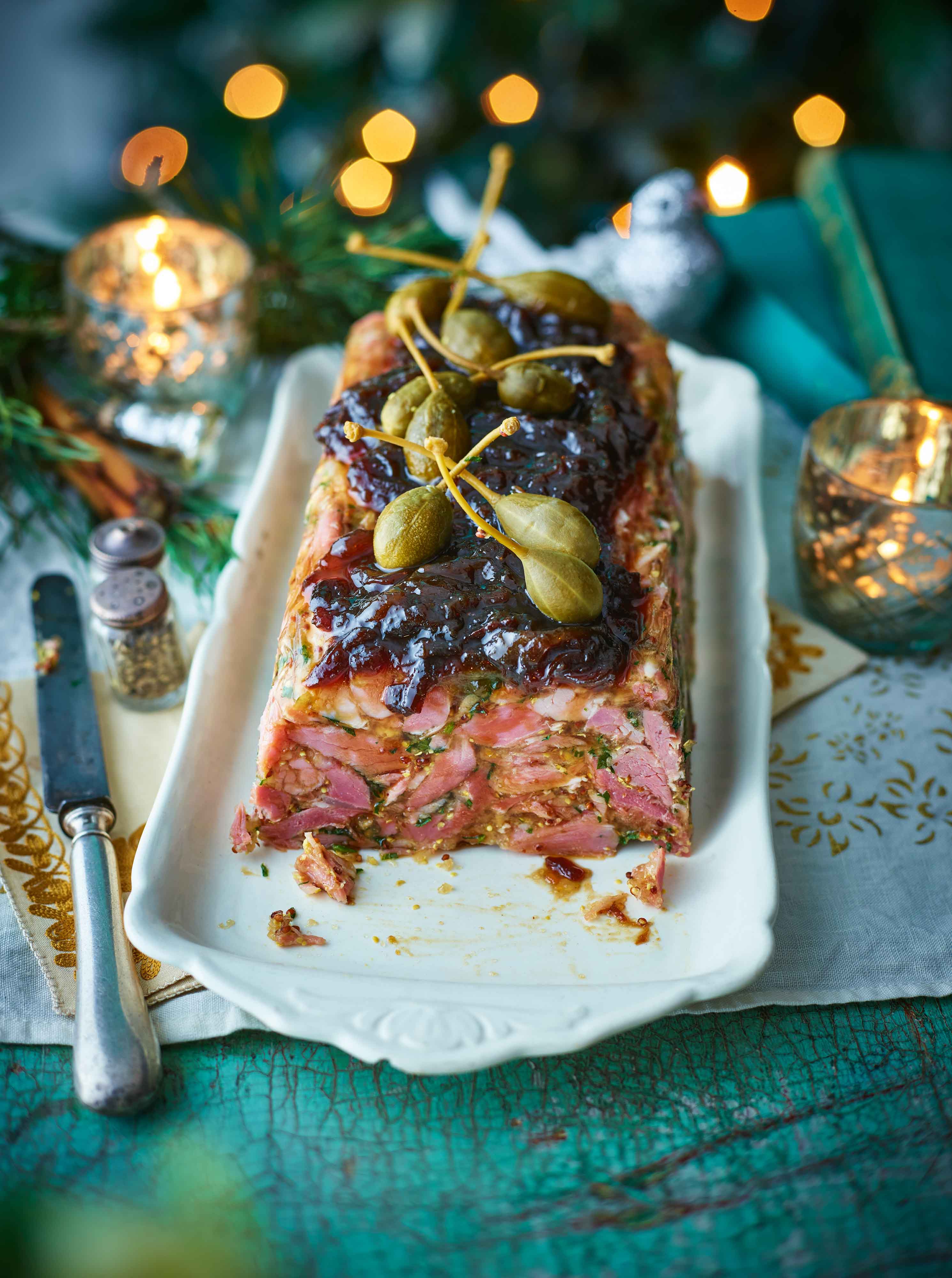
45 minutes, plus cooling, soaking and chilling
Serves 8

5 minutes (plus 1 hour for pickling)
Serves 2-4
Great British Food Awards
Tasting videos

Three irresistible ways to cook with Isle of Wight tomatoes
Three simple dishes made even tastier by the inclusion of award-winning Isle of Wight tomatoes.

The best free from foods (that actually taste amazing)
From brownies to bara brith, we share some of our favourite free from foods that don't compromise on flavour.
